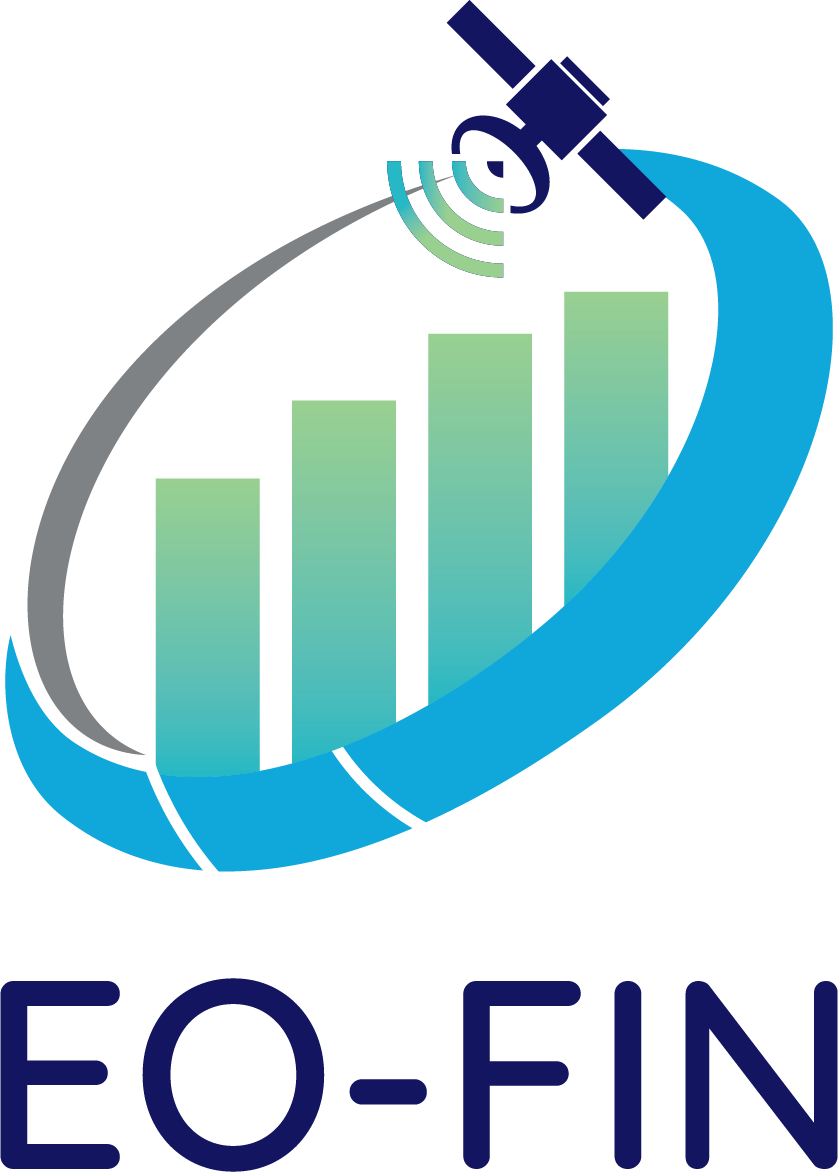Ship Detection and Categorization | ||||||||
Example of ship detection and categorization from SHIP MONITORING SUITE (SIMON) project (Source: GMV) | ||||||||
Product Category | ||||||||
|
| |||||||
Financial Domains | ||||||||
| ||||||||
User requirements | ||||||||
UN17: Need near real-time tracking of marine vessels to understand their routes and estimate fuel usage | ||||||||
Description | ||||||||
Ships detection and categorization using EO data involves the use of satellite imagery to identify and classify ships on water bodies. This technology employs advanced image processing and machine learning techniques to distinguish between different types of vessels, such as cargo ships, fishing boats, or naval vessels, and track their movements. For investment management, this capability is invaluable as it offers real-time insights into maritime traffic, trade routes, and shipping activities, enabling investors to make data-driven decisions related to shipping and logistics sectors. | ||||||||
Spatial Coverage Target | ||||||||
Water bodies extent | ||||||||
Data Throughput | ||||||||
Rapid tasking Data availability |
|
| ||||||
PRODUCT SPECIFICATIONS | ||||||||
Main processing steps | The process starts by obtaining various training samples from optical and SAR VHR imagery (≤ 3 m) to be used for training of machine learning models for ship detection and categorization. Then we apply the model for any type of ship over any type of water body to detect and categorize ships. | |||||||
Input data sources | Optical: VHR based on the availability like Pleiades 1A/1B & NEO, WorldView2&3, and SPOT6/7 Radar: VHR images from different sources like ICEYE, Capella space, and TerraSAR-X Supporting data: AIS | |||||||
Accessibility | Optical and SAR VHR imagery: commercially available on demand from EO service providers. | |||||||
Spatial resolution | ≤ 3 m | |||||||
Frequency (Temporal resolution) | Daily | |||||||
Latency | < 1 Day | |||||||
Geographical scale coverage | Globally | |||||||
Delivery/ output format | Data type: Raster File format: GeoTIFF | |||||||
Accuracies | Thematic accuracy: 80-90% Spatial accuracy: 1.5-2 pixels of input data | |||||||
Constraints and limitations |
| |||||||
User's level of knowledge and skills to extract information and perform further analysis on the EO products. | Skills: Essential Knowledge: Essential | |||||||
P34: Ship detection and categorization | Download the product sheet gap analysis |
Maturity score | |
Mean: 2.7 | STD: 0.47 |
Constraints and limitations · Smaller vessels and low-profile ships may be challenging to detect or classify. · Cloud presence but it can be overcome by using SAR imagery. · Challenging to separate individual vessels in overcrowded ports or regions with high maritime traffic. | |
Relevant user needs UN17: Need near real-time tracking of marine vessels to understand their routes and estimate fuel usage | |
R&D gaps · High cost of VHR satellite imagery · For near-real time, Automatic Identification System (AIS) data is needed. EO is a complement to permit detecting unreported ships, but real-time tracking is not possible yet with the current technology | |
Potential improvements drivers · Price models · More investigation of fusing EO with AIS data | |
Utilisation level review | |
Utilisation score | |
Mean: 2.00 | STD: 1.26 |
No utilisation · Unavailability of freely available sources of the EO product. · Unacceptable reliability and accuracy of the EO product. · Users’ lack of EO knowledge and skills to utilize the EO product. · Unawareness of the existence of this EO product. Low utilisation Medium utilisation · We would not state full technical and usability requirements are met. This remains viable depending on the financial offer and use case. High utilisation · Only this product satisfies the technical and usability requirements. | |
Critical gaps related to relevant user needs | |
Utilisation gap UN17: Need near real-time tracking of marine vessels to understand their routes and estimate fuel usage. | |


This page has no comments.